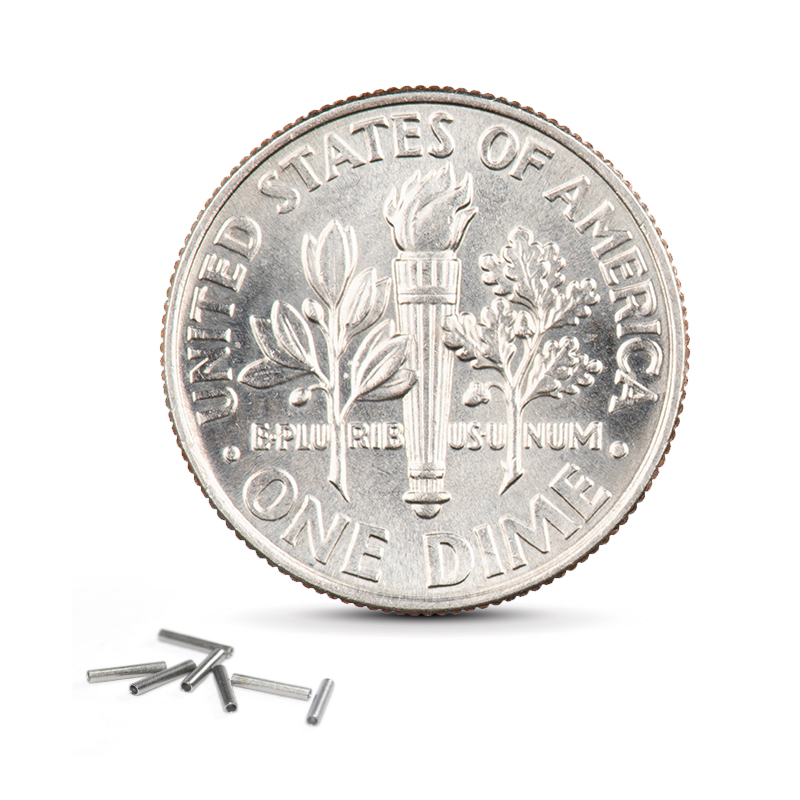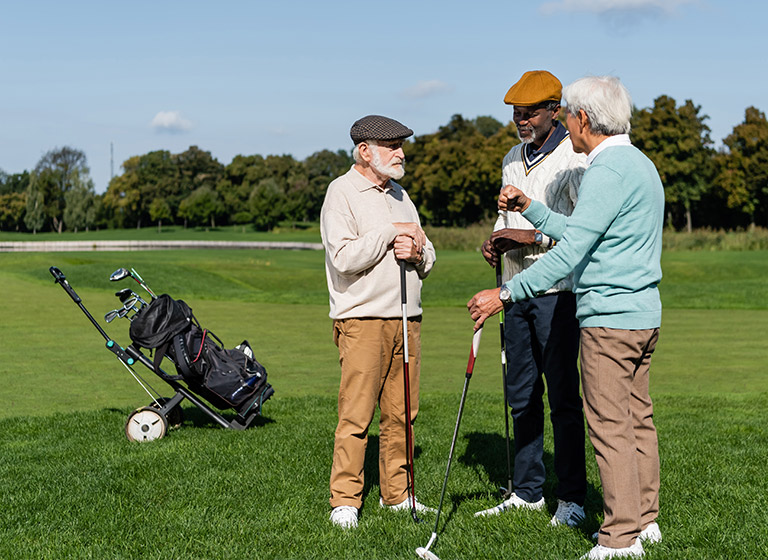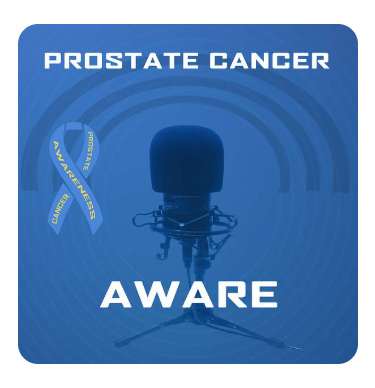Patients and Care Givers | Types of Cancer | Prostate | Treatment Options
Prostate Seed Brachytherapy
Who Performs Prostate Seed Brachytherapy?
Prostate brachytherapy is performed by a radiation oncologist, a doctor who specializes in the use of radiation therapy to treat cancer. The Radiation Oncologist works with a Urologist, a doctor that specializes in treating issues of the urinary system, and a team of healthcare professionals, including nurses and anesthesiologists. This team ensures the patient’s safety and comfort during the procedure.

During and After the Procedure
(It was an) outpatient procedure – in at 6AM and out by 11AM. I did not feel burdened by the treatment."
David Mitchell
I was grateful that it provided me … an option instead of having to remove my prostate and eliminated the need for chemotherapy. Like any medical procedure, you’re always nervous. I do remember the nurses saying, “Don’t worry. It’s going to be fine. Most men have no complications at our center. In fact, they have the procedure and within an hour, they’re up and out of the hospital.” So that really comforted me and I really trusted (my doctor), his training, and his expertise with doing brachytherapy. My wife and I were pretty confident that was the right treatment for me. "
Jonathan Chance
They may experience some discomfort or minimal pain for a few days, but this can usually be managed with over-the-counter pain medication.2 Most people do not need prescription pain medication and can return to their normal activities the next day. After a few months, the radiation is gone and will not cause any harm. Because of this, there is no need to take out the seeds.
It’s not painful. It’s in and out. You may have a few little mild discomforts for a week, week and a half, but it’s better than a graveyard. This is the best way to handle your circumstances. Take full advantage of them"
Amos Tingle
Is Prostate Seed Brachytherapy
Right for Me?
Reasons to Consider Prostate Seed Brachytherapy:
Proven History
Brachytherapy is not a new procedure. It has been used since the 20th century to treat many forms of cancer and there are decades of research showing the effectiveness of brachytherapy.3 With a very high chance of curing prostate cancer with minimal long-term side effects, each prostate seed implanted has given more than 1 million patients worldwide and more than 271,000 Theragenics seed patients4 the opportunity to live their lives to the fullest during and after treatment.
I’ll be honest. It was like everybody said. I had a very positive experience. I woke up. (My doctor) said, ‘Everything went fine. I want you to get dressed and go have a lunch.’ I had no pain in my experience. No bleeding. I felt great ... I flew home two days later.”
Jonathan Chance
Brachytherapy seeds supplied to date
by Theragenics alone!
I’ll be honest. It was like everybody said. I had a very positive experience. I woke up. (My doctor) said, ‘Everything went fine. I want you to get dressed and go have a lunch.’ I had no pain in my experience. No bleeding. I felt great ... I flew home two days later.”
Jonathan Chance
Minimally Invasive
Brachytherapy is a minimally invasive cancer treatment, meaning it does not require a great deal of complex surgical equipment. In fact, prostate seed brachytherapy procedures do not require incisions from which you would need to heal.

The least invasive procedure was seed implant and it had the least amount of side effects"
David Mitchell
The seeds are small, about the size of a grain of rice, and implantation is far less traumatic on the body than traditional surgery. Patients may have mild pain and tenderness immediately after the procedure but typically recover soon after seed implantation.
Short Treatment & Recovery Times
The prostate seeds are implanted in one short outpatient procedure,5 meaning most men can get up and go home the same day of treatment. As there are no incisions, recovery time is minimal so you can return to your usual routines much sooner after the procedure compared to people who have undergone other types of prostate cancer treatments such as surgery. Patients must avoid strenuous activity the first few days post-procedure but can go back to work and fulfilling normal activities the next day.
I’ll be honest. It was like everybody said. I had a very positive experience. I woke up. (My doctor) said, ‘Everything went fine. I want you to get dressed and go have a lunch.’ I had no pain in my experience. No bleeding. I felt great ... I flew home two days later.”
Jonathan Chance





Reduced Side Effects6
Side effects from treatment are reduced due to a shorter duration of treatment and less cumulative exposure to radiation. Prostate seeds deliver therapy to the treatment site and help preserve healthy organs and tissues surrounding the prostate. This means that prostate seeds not only provide cancer treatment but help preserve sexual function and bladder control. Men with significant pre-existing urinary obstructive symptoms are more likely to experience side effects, but the vast majority of men maintain their sexual function, maintain a good urinary quality of life, and have minimal to no bowel symptoms. For many men who detect prostate cancer early, prostate seed brachytherapy is great treatment option to consider due to its effectiveness in curing prostate cancer but with minimal long-term side effects. With each implanted prostate seed, patients can maintain their vitality during and after treatment. If you or a loved one has recently been diagnosed with prostate cancer, ask your doctor if prostate seed brachytherapy is right for you.
I’m very grateful that (LDR brachytherapy) was an option that I had. I believe that, along with the great medical team and the other procedures, all saved my life."
Jonathan Chance

Jonathan Chance
Reporter * Announcer * Author
Jonathan is the host and producer of the popular health and wellness podcast, Prostate Cancer Aware. You can listen to Prostate Cancer Aware on your favorite podcast player or by clicking on the following link below: iknowmypsa.org/podcasts/

Listen to an insightful discussion on prostate seed brachytherapy by tuning into the podcast “What is Brachytherapy with Michael Krachon.”
[1] Mountsinai.org – Health Library – Surgery -Prostate Brachytherapy
[2] American Brachytherapy – For Patients – What-is-Brachytherapy
[3] National Library of Medicine – Article – Brachytherapy: Where has it Gone?
[4] Internal sales data (on file)
[5] Western Radiation Oncology – Treatment Technology – LDR Brachytherapy
Related pages
Proud Supporters of Men's Health Month:






June 2025
is Men’s Health Month.
This year, we’re focusing on closing the #EmpathyGap in men’s health, recognizing that men die 6 years earlier than women due to preventable health issues.
It’s time to bring empathy back and prioritize men’s well-being.
Connect with Us
Stay connected.
Join our Life after Seeds Facebook Group